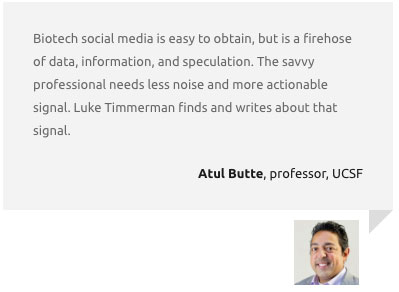Get In-depth Biotech Coverage with Timmerman Report.
28
Apr
2022
A Big Opportunity in Obesity
Please subscribe and tell your friends why it’s worthwhile. Quality journalism costs money. When you subscribe to Timmerman Report at $169 per year, you reward quality independent biotech reporting, and encourage more.










































































